Two μModule Application Examples Show Functional Diversity
Given that there are so many devices in the 15 families of the μModule product, there are no clear typical unit modules or two similar examples, so we chose two application examples to show the many available functions and features.
The LMT8045 (see Figure 4) is a DC/DC converter that can be configured as a SEPIC (single-ended primary inductance converter) or a reverse converter by simply grounding some of the output supplies. In a SEPIC configuration, the regulated output voltage can be higher, lower or equal to the input voltage. The LTM8045 includes power devices, inductors, control circuits, and passive components. The necessary conditions for using it are the input and output capacitors and small resistors to set Output voltage and switching frequency, other components can be used to control soft-start and undervoltage lockout, and the sample board (see Figure 5) simplifies the setting of various modes and performance evaluations.
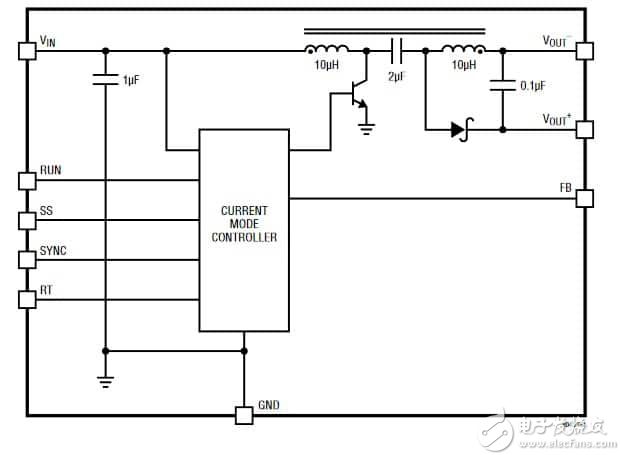 Figure 4: The LMT8045 is a 2.8V to 18V input multi-topology DC/DC μModule cell that can deliver up to 700mA output current in boost mode or buck mode (Source: Linear Technology)
Figure 4: The LMT8045 is a 2.8V to 18V input multi-topology DC/DC μModule cell that can deliver up to 700mA output current in boost mode or buck mode (Source: Linear Technology) 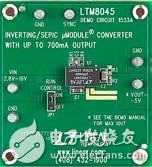 Figure 5: An example board allows the user to evaluate the board's performance in many different modes (Source: Linear Technology)
Figure 5: An example board allows the user to evaluate the board's performance in many different modes (Source: Linear Technology) The LTM8047 (Figure 6) is an isolated flyback μModule DC/DC converter with an isolation rating of 725VDC. Its package includes switching controllers, power switches, isolation transformers and all supporting components. Its operating input voltage range is from 3.1V to 32V, and the output operating voltage ranges from 2.5V to 12V. These settings are all regulated by a single resistor. The output, input, and bypass capacitors are required in this design (Figure 7).
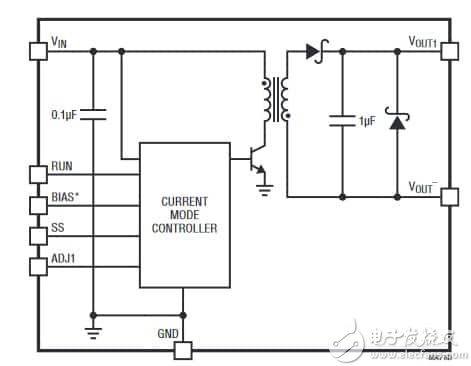 Figure 6: Using the LTM8047 μModule, the user can easily and quickly implement a 750VDC-isolated converter in a small package while providing higher performance (Source: Linear Technology)
Figure 6: Using the LTM8047 μModule, the user can easily and quickly implement a 750VDC-isolated converter in a small package while providing higher performance (Source: Linear Technology)  Figure 7: This sample board allows users to use a stand-alone compatible design without having to consider detailed isolation details (Source: Linear Technology)
Figure 7: This sample board allows users to use a stand-alone compatible design without having to consider detailed isolation details (Source: Linear Technology) Some advantages of μModule: Some are obvious and some are not obvious
The first advantage of the μModule device is clear: Each device is a solution that eliminates headache design issues and hassle. Each device has a given set of performance and efficiency parameters, and the user-selectable range is also Many, without having to compromise on basic functions or performance, the selected device unit will fully meet the requirements of the system, and all key design elements can be found: volume, cost and strict time to market, and each device unit All will meet the requirements of the relevant rules to ensure efficiency and security, so the time cost for user testing and verification is almost zero.
In addition to these factors, each μModule includes information such as user manuals, sample boards (see Figure 8), and the designer also needs to simulate the performance of the entire system in advance, so each μModule will provide LTspice models (see Figure 9 and Figure 10). ) and detailed technical support documents, and finally each μModule has passed the strict electrical packaging and thermal reliability testing of Linear Technology and obtained comprehensive certification.
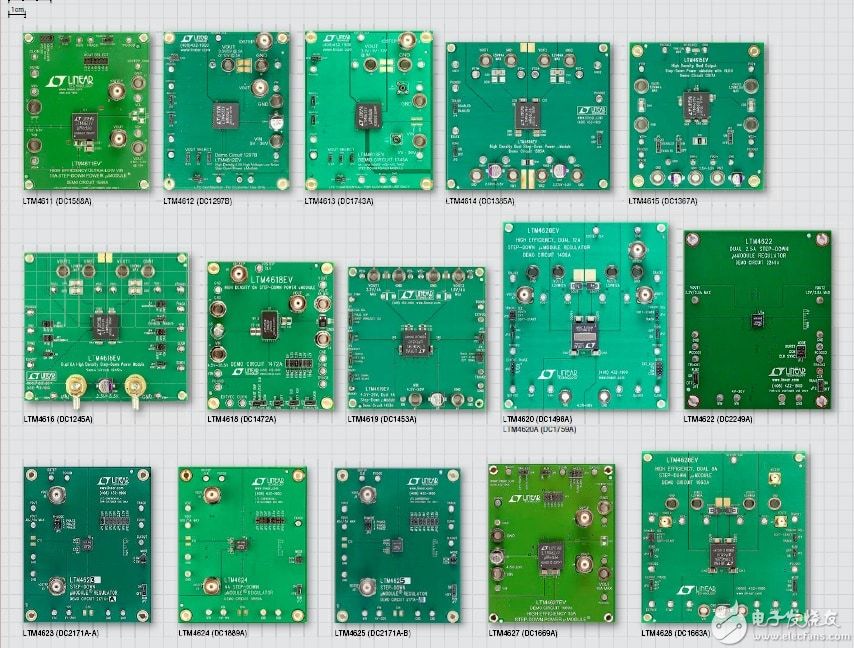 Figure 8: Each μModule will provide sample boards, user manuals, layout guides, and other technical support documentation (Source: Linear Technology)
Figure 8: Each μModule will provide sample boards, user manuals, layout guides, and other technical support documentation (Source: Linear Technology) 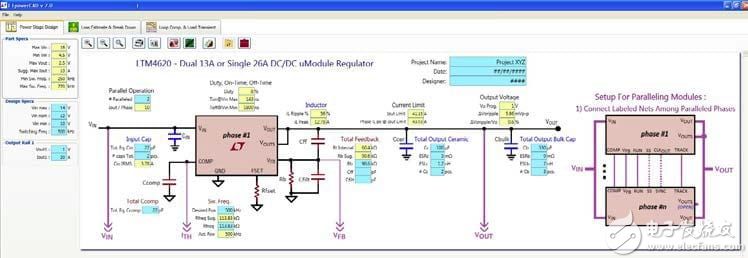 Figure 9: The regulator model is critical as part of the system. LTSpice models and simulations can be used in conventional designs such as dual 13A/single 26A (source: Linear Technology)
Figure 9: The regulator model is critical as part of the system. LTSpice models and simulations can be used in conventional designs such as dual 13A/single 26A (source: Linear Technology) 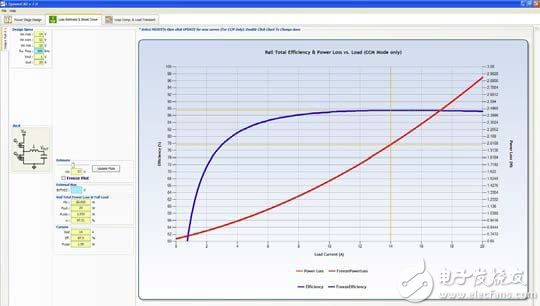 Figure 10: Simulation of the model will show some key features, such as efficiency and power loss analysis throughout the work process (Source: Linear Technology)
Figure 10: Simulation of the model will show some key features, such as efficiency and power loss analysis throughout the work process (Source: Linear Technology) Redefine the decision framework
For 2A DC/DC regulators, MIY ("Design Your Own") approach is wise: LDOs, switch ICs, and reference designs are used. Above this threshold, however, the MIY approach has certain risks and the time cost is difficult to assess, especially with regard to efficiency and EMI/RFI requirements.
Above this range is the existence of a better solution, the LTC/ADI μModule family - 15 product families, 100 power products and 30 package options - can help design teams quickly realize the design of power regulators. Verification, with one or more of these units, can greatly simplify design implementation, verification, and production. Integrating these units into a high-performance voltage regulator and using miniature packages can fully meet the needs of the system, which can save BOM costs and reduce Systematic risk and shorten the time to market.
14'' DC Motor Stand And Table Fan
Stand Table Fan ,14 Inch Oscillating Table Fan,Pedestal Table Fan,Height Adjustable DC Motor Table Fan
Foshan Shunde Josintech Electrical Appliance Technology Co.,Ltd , https://www.josintech.com